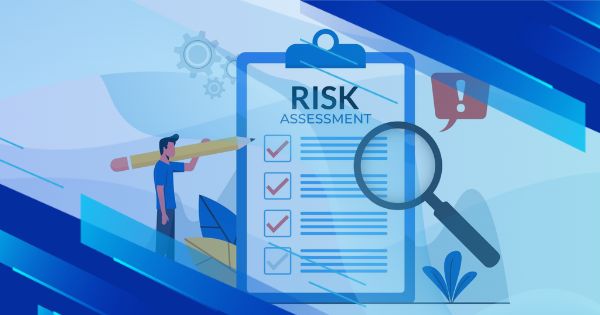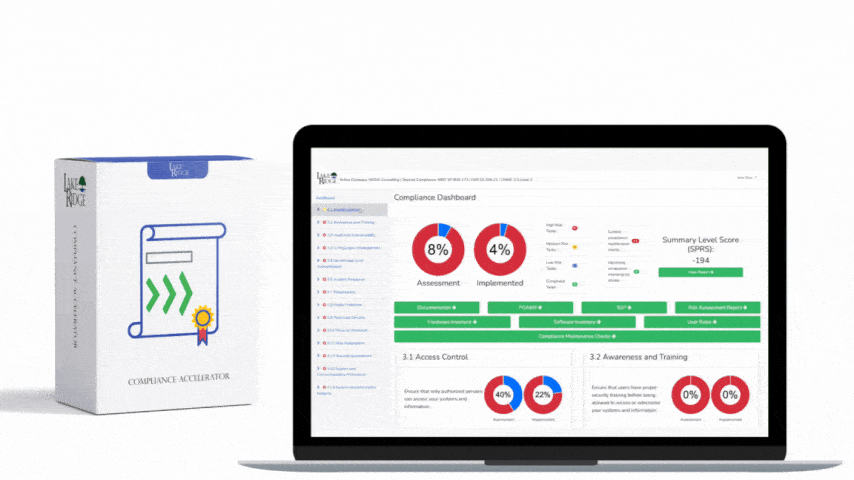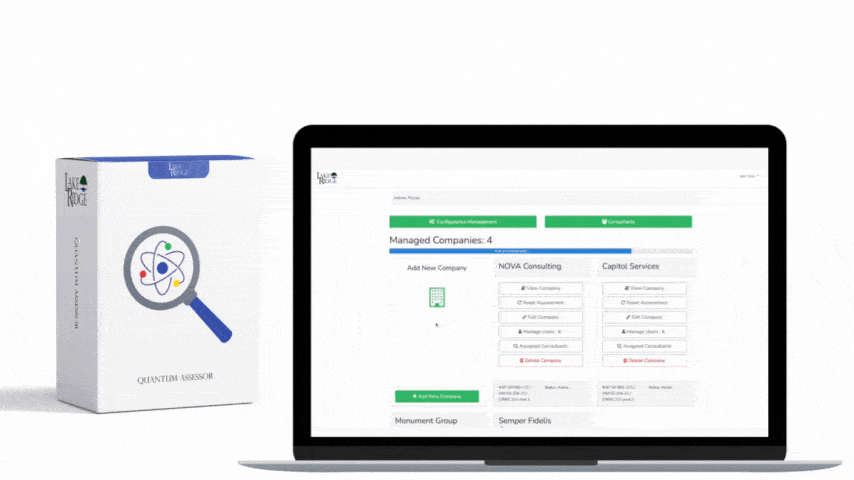The ISO 27001 standard is widely regarded as one of the gold standards for managing information security. It is unique in its comprehensive approach, addressing not only technology but also people and processes. This integrated approach has led to its widespread adoption as the default framework for implementing information security measures in many countries.
In a recent development, NIST emphasized the significance of ISO/IEC 27001 within its National Cybersecurity Framework, underscoring its heightened importance for companies with American interests and US-based businesses tasked with safeguarding critical infrastructure.
Implementing ISO 27001 involves conducting information security risk assessments to verify that the information security controls are suitable for the specific type of information being stored, processed, or transmitted.
Here's how to conduct an ISO 27001 risk assessment:
Step 1: Create a framework for evaluating risks
The framework outlines elements including your organization's risk tolerance and culture, the risk metrics to be employed, and the approach to be taken in evaluating information security risks.
Step 2: Recognize the potential dangers
This stage is likely the most challenging and time-intensive aspect of the procedure. Individuals employing asset-based risk assessment methods may expedite the process by systematically reviewing an asset register to pinpoint all potential risks that could impact their information assets. Additionally, having a repository of threats and vulnerabilities that could pose risks to the organization proves beneficial.
Step 3: Examine and assess the potential dangers
Assessing and evaluating risks requires assigning precise values to assess the probability and impact of various risks on an organization, and to gauge their alignment with the organization's risk acceptance threshold. It is important to identify which risks are top priorities that demand immediate attention, and which risks are deemed acceptable.
Step 4: Choose the risk mitigation strategies
After identifying the risks, the subsequent action involves deciding whether to manage, accept, avoid, or transfer the risk. Managing the risk entails implementing relevant information security measures.
Step 5: Evaluate, document, and uphold
One vital step in conducting a risk assessment for ISO 27001 compliance involves creating a series of comprehensive reports detailing the identified risks, the strategies for managing them, the timelines for implementing control measures, and other necessary actions. Of particular significance are two essential documents mandated by ISO 27001: the Statement of Applicability (SoA) and the risk treatment plan.



